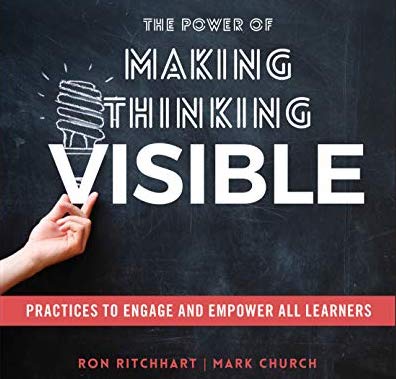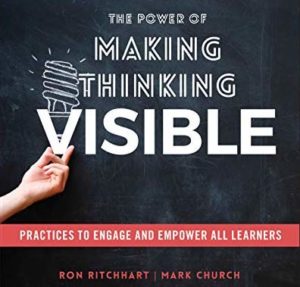Here’s a good rule for research: if you believe something, look for research that contradicts your belief.
So, if you think that retrieval practice helps students learn, see if you can find research showing the opposite.
If you disapprove of cold-calling, see if any studies support its use.
If you think that hand-written notes help students more than notes taken on a laptop, try to find research that disagrees with you.
In this last case, you might even find me. Most teachers I know believe that handwritten notes are superior, and they cite a well-known study to support that belief.
I’ve argued for years that this research assumes students can’t learn how to do new things – a very odd belief for a teacher to have. If you believe a students can learn how to do new things, well, this study actually suggests that laptop notes will help more than handwritten notes.
However, the “good rule” described above applies to me too. If I believe that we don’t know whether handwriting or keyboarding is better for learning, I should look for evidence that contradicts my belief.
For that reason, I pounced on a recent science news headline. The gist: recent research by Robert Wiley and Brenda Rapp shows that students who wrote by hand learned more than those who used laptops.
So, does their research finally contradict my belief?
Learning Arabic Letters
Wiley and Rapp had college-age adults learn Arabic letters.
12 of them learned by pressing the right key on a keyboard.
12 learned by looking at the letters closely and confirming they were the same.
And, 12 learned by writing the letters.
Did these distinct learning strategies make a difference several days later?
YES THEY DID.
The hand-writers learned a lot more, and learned a lot faster.
In fact – here’s a cool part – their learning transferred to new, related skills.
These participants practiced with letters. When Wiley and Rapp tested them on WORDS, the hand-writers did better than the other two groups – even though they hadn’t practiced with words.
So: sure enough, handwriting helped students learn more.
Boundary Conditions
Given the strength and clarity of these findings, you might think that I’m going to change my mind.
Reader, I am not. Here’s why:
This research shows that writing by hand helps people learn how to write by hand. It also helps people learn to do things immediately related to writing by hand – like, say, saying and writing words.
We should notice the narrow boundaries around that conclusion.
People who write by hand learn how to write by hand.
That research finding, however, does NOT demonstrate that writing by hand helps people learn things unrelated to handwriting itself.
For instance: do handwritten notes help people learn more about history or psychology or anatomy than laptop notes? This research does not answer that question, because that question falls outside the boundaries of the research.
In a similar way: practicing scales on the piano surely helps play piano scales better than – say – watching someone else do so.
But: does practicing piano scales make me better at other tasks requiring manual dexterity? Knitting? Keyboarding? Sculpting?
To answer those questions, we have to research those questions. We can’t extrapolate from piano scales to knitting and sculpting. (Well: we can, but we really shouldn’t.)
So, What’s The Answer?
Is handwriting really a better way to learn than keyboarding?
Honestly, I just don’t think we know. (In fact, Wiley and Rapp don’t claim that handwriting helps anywhere other than learning and reading letters and words.)
In fact, I suspect we need to explore MANY other variables:
the content being learned,
the teacher’s strategy for presenting it,
the student’s preference,
the student’s age –
perhaps even the relative complexity of writing vs. keyboarding. (I’m not an expert in this topic, but I understand that some languages require very intricate steps for accurate keyboarding.)
We can say – thanks to Wiley and Rapp – that handwriting helps learn how to write by hand. But until we explore those other precise questions precisely, we shouldn’t offer strong answers as if they have research support.











![How Can We Help Students Study Better? [Repost]](https://www.learningandthebrain.com/blog/wp-content/uploads/2021/01/AdobeStock_257330646_Credit.jpg)
